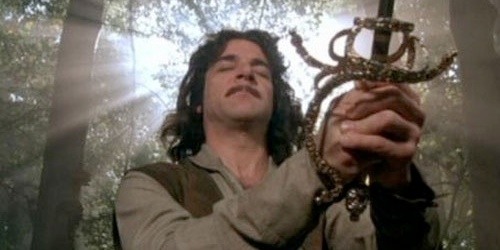Art of the Genre: Jean Giraud ‘Moebius’ 1938-2012
 This week I take on the sad task of doing the obituary piece for the passing of another great industry artist. I don’t think these things hit me quite as much when I simply read about the death of an artist until I started doing Art of the Genre, but now that I take the time to look back and speak about a career, it’s somehow even more of a loss.
This week I take on the sad task of doing the obituary piece for the passing of another great industry artist. I don’t think these things hit me quite as much when I simply read about the death of an artist until I started doing Art of the Genre, but now that I take the time to look back and speak about a career, it’s somehow even more of a loss.
To me, Jean Giraud was simply a man with a strange alias, Moebius. I didn’t know him well, or his work for that matter. He was a Frenchman, a comic guy, and the two didn’t run into my creative circle of artistic knowledge as well I they probably should have.
Still, Moebius was ever my enigma, and when I did my list of the Top 10 Fantasy Artists of the Past 100 Years back in 2011, Moebius might not have made the final list but he did receive a healthy number of votes from all the industry insiders I polled. This fact wasn’t lost on me, but as time is ever crunched and fleeting I went about with other work and never got back to studying why it was that Moebius had placed so highly on knowledgeable people’s lists.
Today, as I write this, I’ve finally come to realize why. I may not have known Moebius in his personal art, but that isn’t to say I don’t know him in so much of the art I love. You see, Moebius, for all the wonderful things he did with his own hand, was perhaps better known for those he influenced with that work.








